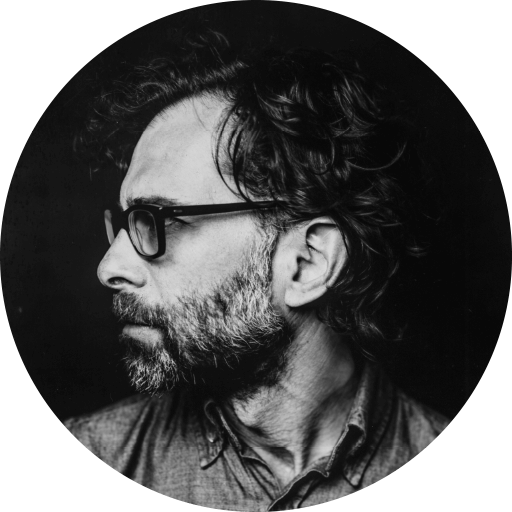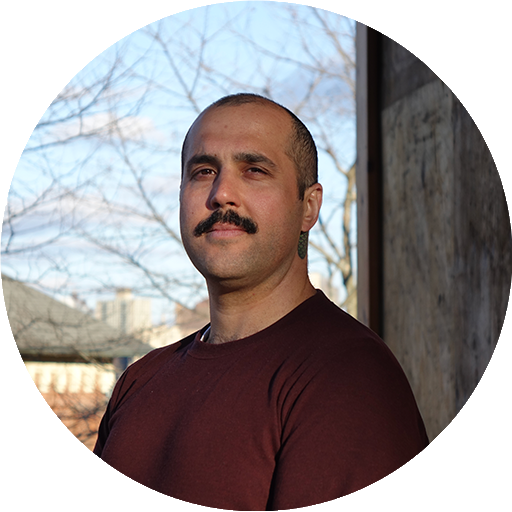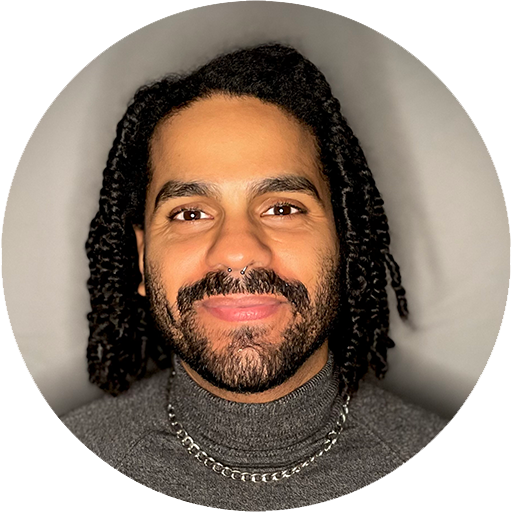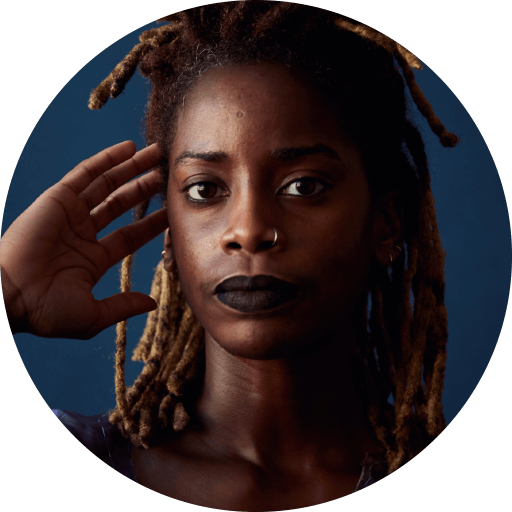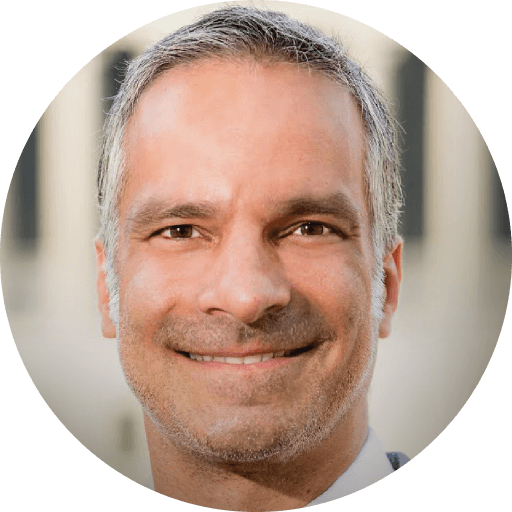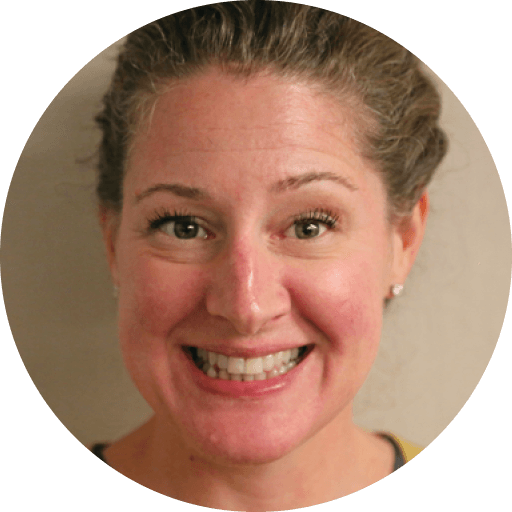Review: Lucid Dreaming, Person to Person
Siobhan Burke, The New York Times
Siobhan Burke, The New York Times
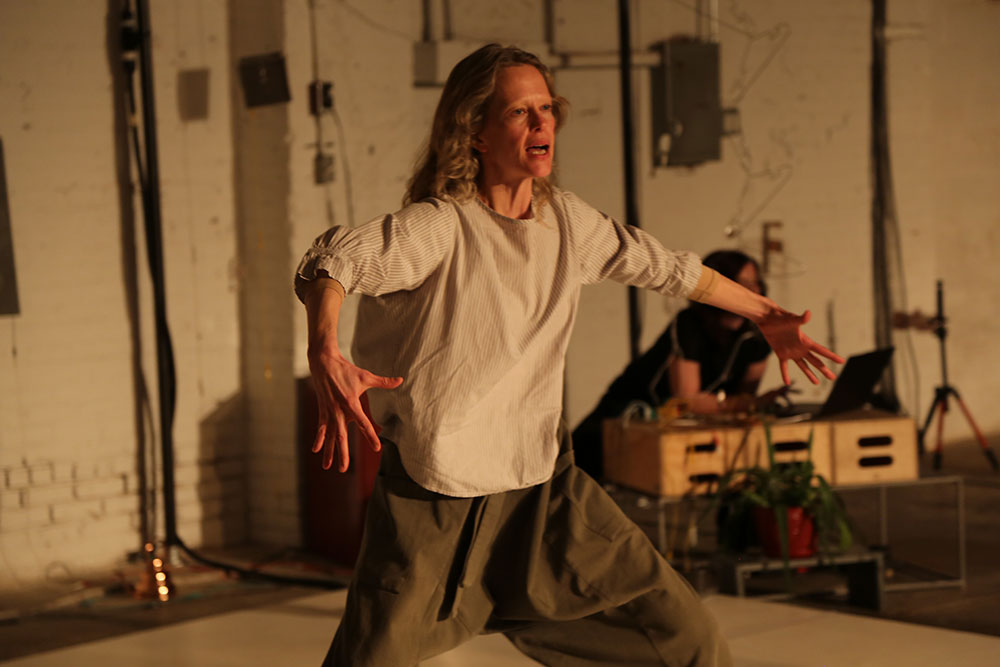
For the first stretch of “Dream Body Body Building” at the Chocolate Factory Theater, five performers in a row of folding chairs sit facing the audience, almost entirely still.
We watch their eyes close and remain closed. For a while — it’s hard to say how long; time is bendy here — they appear to be deep in meditation. Maybe they’ve dropped into a dream.
In this mellow and playful work, which had its premiere on Tuesday, the choreographer Ursula Eagly explores the edges between conscious and unconscious perception — the space of lucid dreaming. She seems to be asking: How might such an internal and personal experience become communal? How might performers transmit a dream state to an audience?
At just 45 minutes, “Dream Body” is efficient and thoughtful in its structure. Every moment matters, even when not much seems to be happening. This concurrence of fullness and spaciousness owes much to the sound artist Lala Misosniky, who generates a soothing soundscape from her corner of the stage. Her laptop and other electronics are part of a sculptural constellation of objects: among them metal coat hangers cascading from the ceiling; a decorative plate wrapped in rope, hanging on a wall like a giant dream catcher; and a single roller skate on the floor. (Laurel Atwell, one of the dancers, designed the set.)
Wires affixed to these items seem to channel their vibrations. When Misosniky touches them, new swells of rumbling or sparkling sound emerge. (At times, the work feels like an experimental-dance cousin of A.S.M.R.)
As their eyes drift open, the performers — Madeline Best, Justin Cabrillos, Takemi Kitamura, Atwell and Eagly — begin to stir, talking to themselves in low voices. Then, as if it were the obvious thing to do next, they pick up their chairs and walk into the audience, stationing themselves among several rows of seats. Each addresses a small group of audience members, sharing a sort of guided meditation or hallucinatory proposal.
“The cave is cold, the skin is damp,” a voice behind me said. “The bones are getting brighter, the muscles are pulling longer and softer.”
The exercise becomes more interactive, as the dancers return to the stage and invite their listeners to guess the next part of the story through a game of charades. The audience on Tuesday happily obliged. “Cutting the cat out of the tree?” one viewer gambled. “Laundry!” said another.
Discrete actions — clawing the air as if climbing a ladder, touching the sole of a shoe — began to speed up and blur, as the dancers retreated into their own scrawls of movement, and then found stillness again, this time on the floor. Within the span of a few minutes, the expressive lighting (designed by Best in collaboration with Shana Crawford) arced from nighttime into morning.
Toward the end, the cast disperses into the audience again with another round of stories, more like recounted dreams. The tone lands somewhere between children’s story time and grown-up gossip; the contrast between surreal content and matter-of-fact delivery is surprisingly funny.
In a news release, “Dream Body” is described as both a dance and a social experiment, and it skews toward the latter, like a series of hypotheses being tested. I remained more curious and alert than transported or submerged. Still, the experience was pleasant and distinct from others I’ve had in a theater. I left feeling a little lighter, a little dreamier, than when I walked in.
Siobhan Burke for The New York Times, March 6, 2024.


